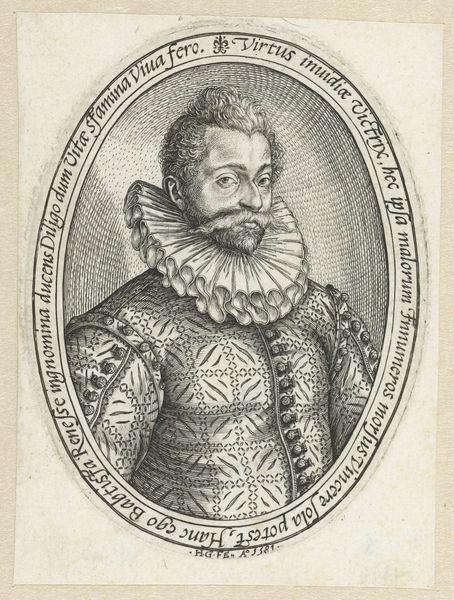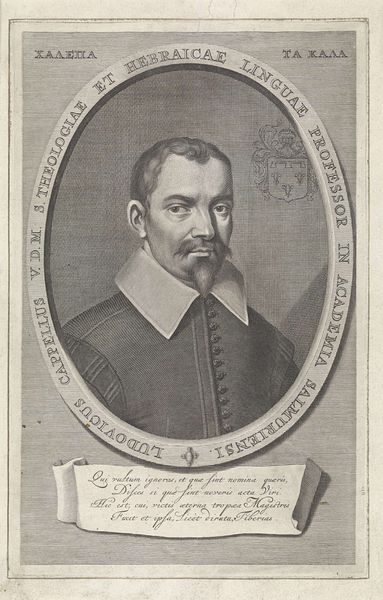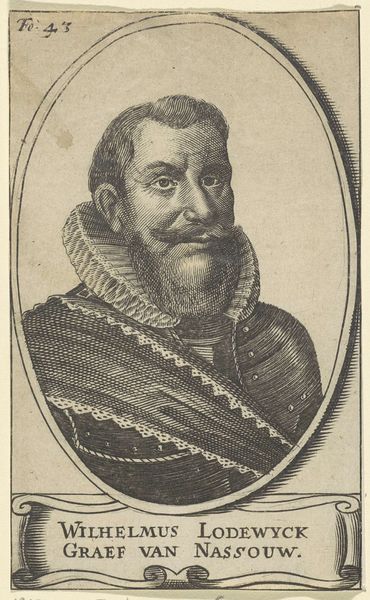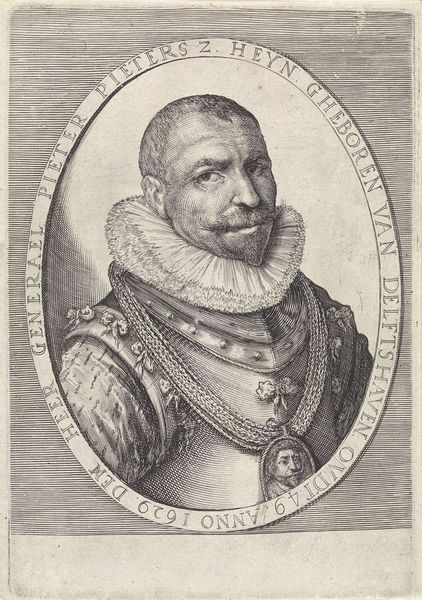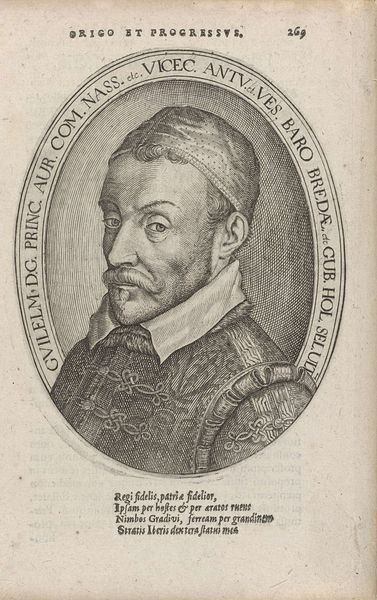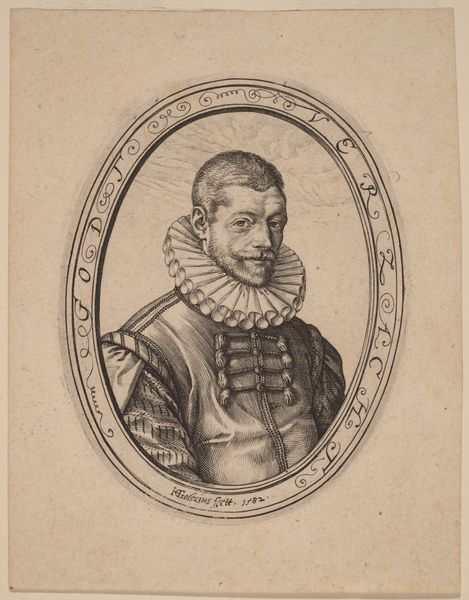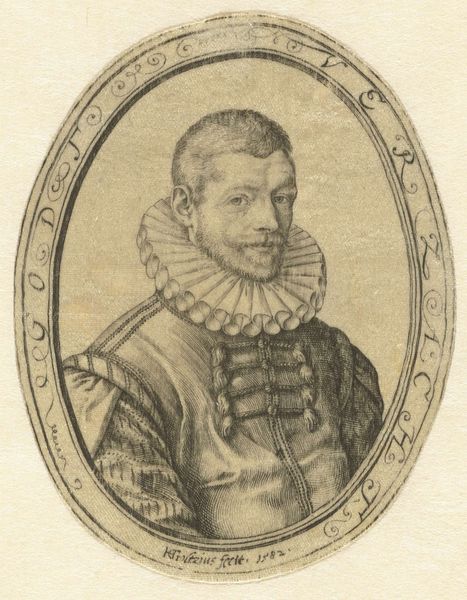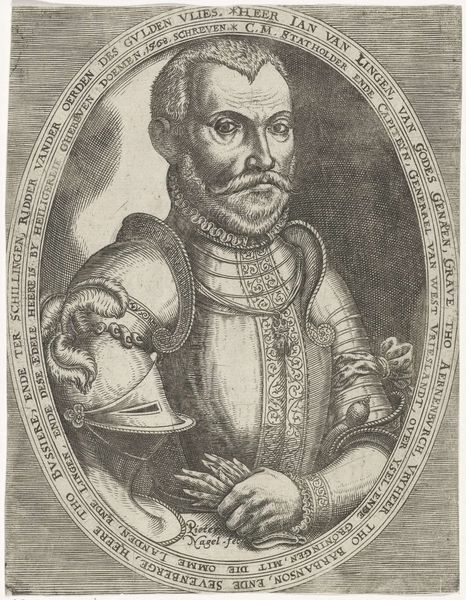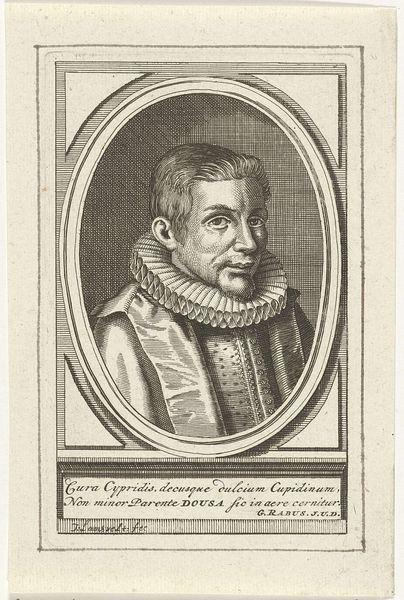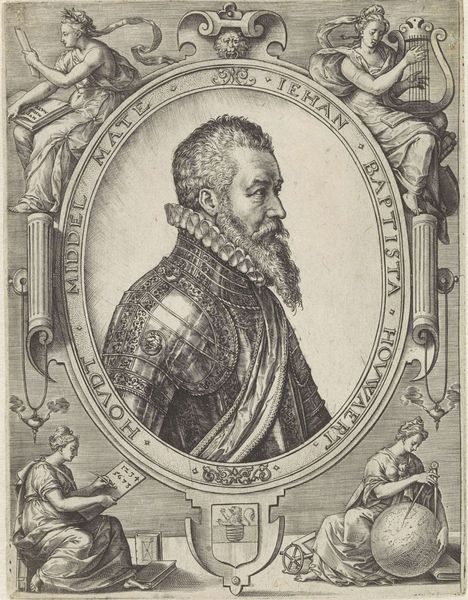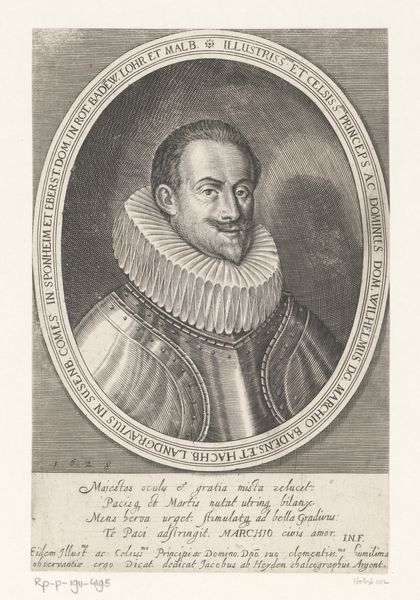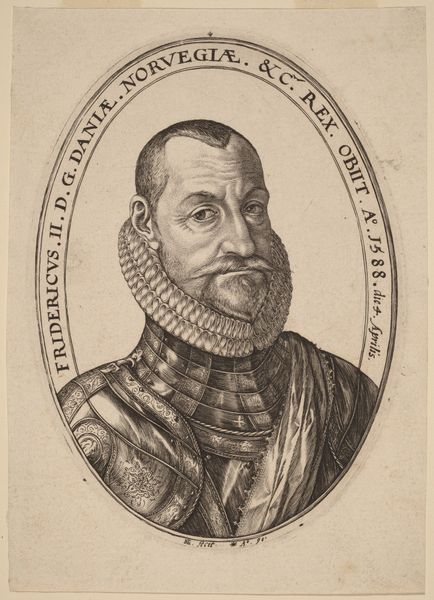
print, engraving
#
portrait
#
baroque
# print
#
old engraving style
#
figuration
#
history-painting
#
engraving
Dimensions: height 59 mm, width 47 mm
Copyright: Rijks Museum: Open Domain
Editor: Here we have Pieter Serwouters' "Portrait of a Man," an engraving from 1619, currently housed in the Rijksmuseum. It's fascinating to see the detail achieved with this printmaking technique. What can we unpack about its creation and place within the broader culture? Curator: This portrait is more than just an image; it's a record of labor and the materials available at the time. Consider the copper plate – where was it sourced? How was it prepared? Engraving was a skilled craft, demanding rigorous training and control over tools. This image, therefore, signifies not just individual skill but also the societal value placed on craftsmanship and the material resources that enabled its production. Editor: That’s an interesting way to look at it. So, you’re suggesting that we think about the act of creation as being shaped by material availability, and production. Do you think the rising merchant class impacted the demand of these prints? Curator: Absolutely. Engravings like this provided a means of circulating images and information more widely than painted portraits. The growing merchant class desired access to visual representations of status and knowledge. The affordability and reproducibility of prints, driven by developing printmaking technologies and markets, fueled that demand. And remember, the act of consumption itself also shapes meaning. Who was buying these portraits, and why? What kind of social messages were they designed to send out? Editor: I never really considered the materials aspect of the Baroque era prints beyond aesthetics, so now I’m thinking about access to materials and labour involved... Curator: Exactly! By examining these material and social conditions, we can move beyond simple appreciation to a deeper understanding of the artwork's role in its time. It reminds us that art is never made in a vacuum.
Comments
No comments
Be the first to comment and join the conversation on the ultimate creative platform.
